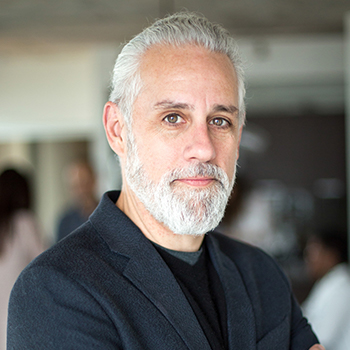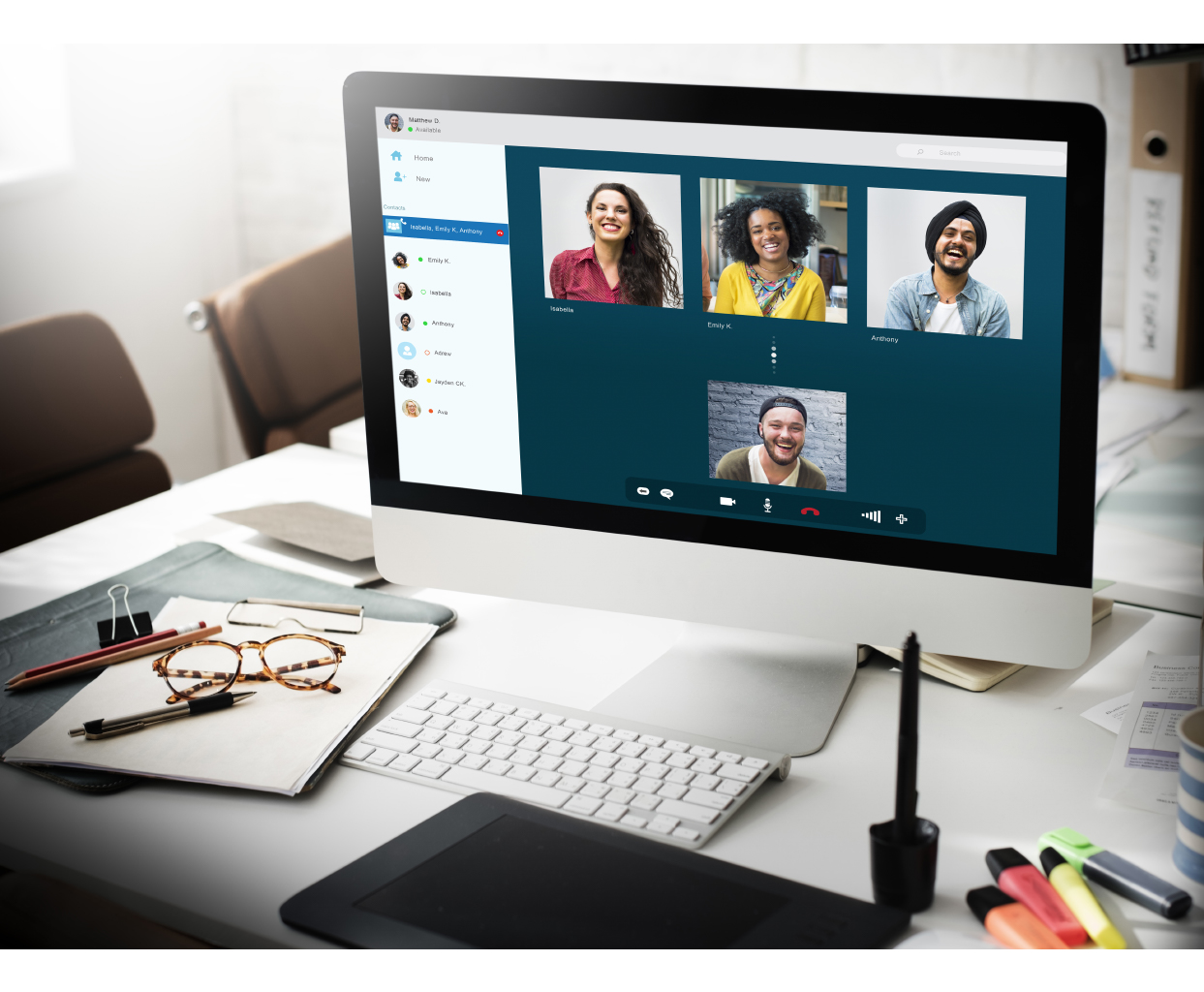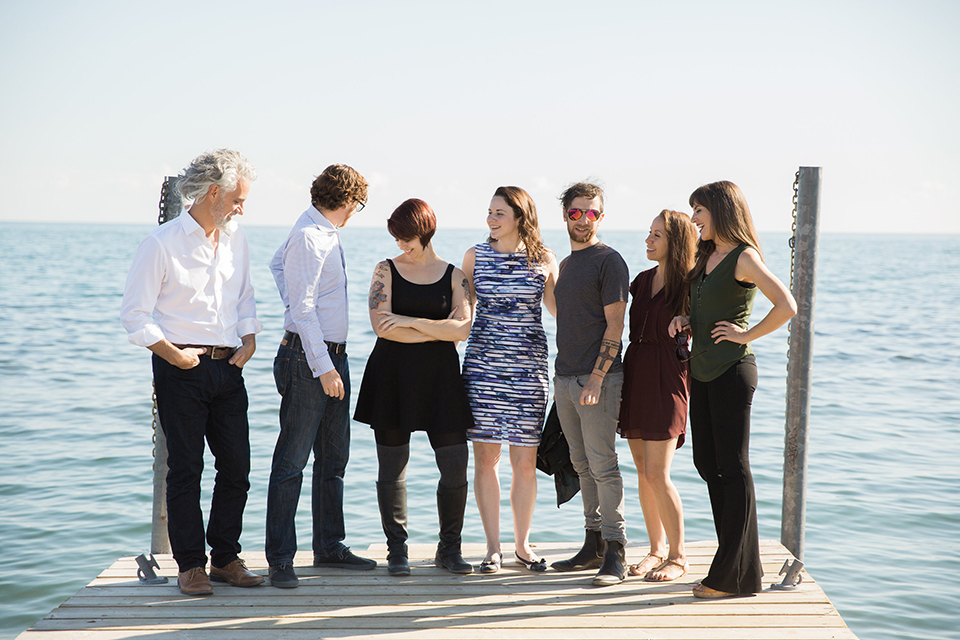The United Way has come to represent a legacy model of philanthropic giving, maintained by the loyalty of donors to their trusted brand. Advancements in the charitable giving sector are represented by workplace giving platforms such as Benevity, YourCause, GozAround, CyberGrants and many, many others, which you can learn more about here.
Both models agree that advancements are absolutely necessary to remove friction points which act as barriers to charitable giving – barriers such as:
- Donors want to see where their money is going.
- Donors want choice – but not too much.
- Donors want a personalized experience.
- The process of giving is often highly manual and painfully complicated.
See Barclay’s Bank’s Barriers to Giving to read more.
The new world of workplace giving technology platforms address many of these friction points – hence the reason United Way has partnered with a workplace giving platform, Philanthropy Cloud, themselves. Even the ongoing barrier of nonprofits receiving donor information is in the mix as both the old and the new model seek to come up with solutions that benefit nonprofits while protecting donor privacy.
So, which approach is stronger? The old or the new?
The United Way’s strength in workplace giving comes more from a push than a pull. Read more about past, present, and future trends in workplace giving here. Meaning, senior leaders are either members of United Way boards or they take official roles in fundraising or advocating for causes to which they have personal connections. This creates a strong push in corporate cultures to conform to the decision-making modeled by senior leaders. On the other hand, the employee choice enabled by technology platforms is a pull mechanism. It offers employees a broad array of choices to which they can give whenever they want. They can also see how it fits into the big picture of their company’s impact in real time. This effectively appeals to the intrinsic motivators of donors and drives the business benefits of giving. The United Way model pushes, while the technology model pulls – but both are essential. “Push” sends a strong signal within corporate cultures about shared identity and values, but it overshadows the potential “pull” of personal choice and individual alignment with causes.
In the RW Institute’s 2019 Corporate Giving and Grants Technology Review, Bryan de Lottinville, CEO of Benevity, is quoted as saying, “The ‘why’ of a company’s community investment and employee programs is the thing that needs to continue to evolve. In fact, I believe it is evolving because, among other reasons, more young and diverse leaders are assuming positions of influence in companies. They typically hold a broader view of what it means to be purpose-driven and inclusive, as opposed to handing out dollars with a narrower, more conventional philanthropic mindset.” With this strong “why” from leadership and the ability for peers to come together on projects and causes, you have a winning solution.
Where’s the incentive for the nonprofit organizations?
There is one problem left to solve – and this point is entirely from the perspective of the nonprofit receiving charitable funds and representing a cause or a community.
Nonprofit organizations are still weighed down by the obligation to submit their information to hundreds of well-intentioned technology platforms – from Charity Navigator to GuideStar to Double the Donation to 50-100 workplace giving platforms. Each of these platforms provide services that ultimately help the non-profit achieve their mission, but in the meantime, the organizations are forced to dedicate hours upon hours of precious resources to submitting their information in order to avoid losing out on potential benefits.
Here’s the problem: The market incentive for nonprofits to keep doing this is relatively small, while the incentive for other players to offer a solution is almost non-existent.
In an older, manual world of workplace giving this is exactly the value the United Way offered. They actively brought thousands of causes and communities into the workplace. It wasn’t a perfect system – in fact, it has served to connect people to the brand of the United Way as opposed to the causes and communities to which they were giving. Now, as the United Way makes an effort to join the world of technology through its partnership with Philanthropy Cloud, this need becomes even more acute. Players in the marketplace are not incentivized to fund and build the open framework that all of these platforms need. Currently, VolunteerMatch is making the most notable move toward bridging the gap as they partner with existing platforms to share their Open Network API, but the remaining room for advancement is large and looming – particularly when considering the global nature of giving and volunteering.
In a recent article published by The Chronicle of Philanthropy, I was quoted referring to the new world of workplace giving as having created a “terrible system.” The terrible system, unlike the article implies, is simply the fact that we, the field of charitable giving, have failed to incentivize an open-source, open-access platform where all nonprofits submit organizational information along with their volunteering and giving opportunities. My intention is to ease the burden on our charities. More specifically, my intention is to advocate for systems which advance the ability of nonprofits to represent their communities or causes and benefit financially in the process.
As corporations support the growth of workplace giving technology – and by default, support the ability of individuals to give to causes for which they’re passionate – they are responsible for the effects of their decisions. While the technology they’re investing in offers incredible insight and opportunity, the system will remain transactional if it creates as many problems as it solves. Realistically, it may be years before we come together to legitimately ease the burden on nonprofits. In the meantime, there is another missing ingredient that we all have the power to address together right now.
From Giving to Acting
Companies and nonprofits have a responsibility to collaborate to create experiences that turn donors into influential agents of change. While charitable contributions are an essential component of solving social and environmental challenges, they only go so far. Solving systemic issues requires individuals to see their complicity, accept it, and choose to take action. This becomes possible when companies, workplace giving software providers, and non-profits work together to design programs that marry transactional donations to transformative experiences. We’ll know we’ve achieved success when giving to support a cause and acting on behalf of that cause are no longer regarded as mutually exclusive.
Chris Jarvis is the Executive Director of the RW Institute, a nonprofit think tank that seeks to solve unsolvable problems facing corporate citizenship. He also serves as the Chief Strategy Officer for Realized Worth, which he co-founded in 2008.
Want to take action on your technology journey now?
Contact David (davidspindler@realizedworth.com) to learn how Realized Worth can support you in the technology space:
1. Understand how your employees feel about your software:
Realized Worth’s End User Experience Diagnostic includes a simple, non-intrusive assessment to evaluate end-user satisfaction, effectiveness, and usage of your CSR tool to help you understand gaps and areas of opportunity to maximize the return on your investment.
2. Find a solution that is the right fit for your organization:
The Solution Shortlisting Service leverages decades of experience and unparalleled knowledge of the landscape to assess your needs and the necessary capabilities to provide guidance and make your decision easy.
3. Maximize the return on your technology investment:
If you have a tool in place but are struggling with adoption, participation and realizing the expected benefits of your tool, Realized Worth’s Implementation and Adoption Support Services can help you identify the source of your struggles and work with you to bring out the best in your solution, specific to the goals and needs of your organization.






